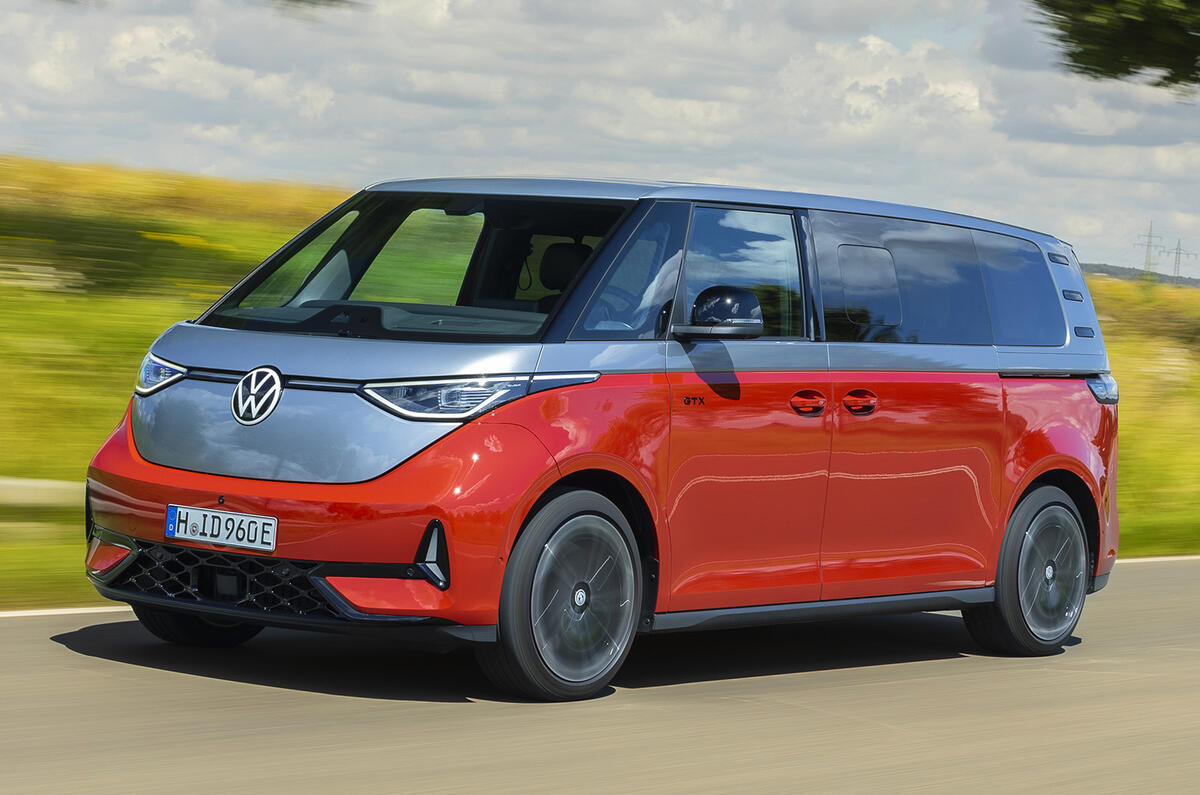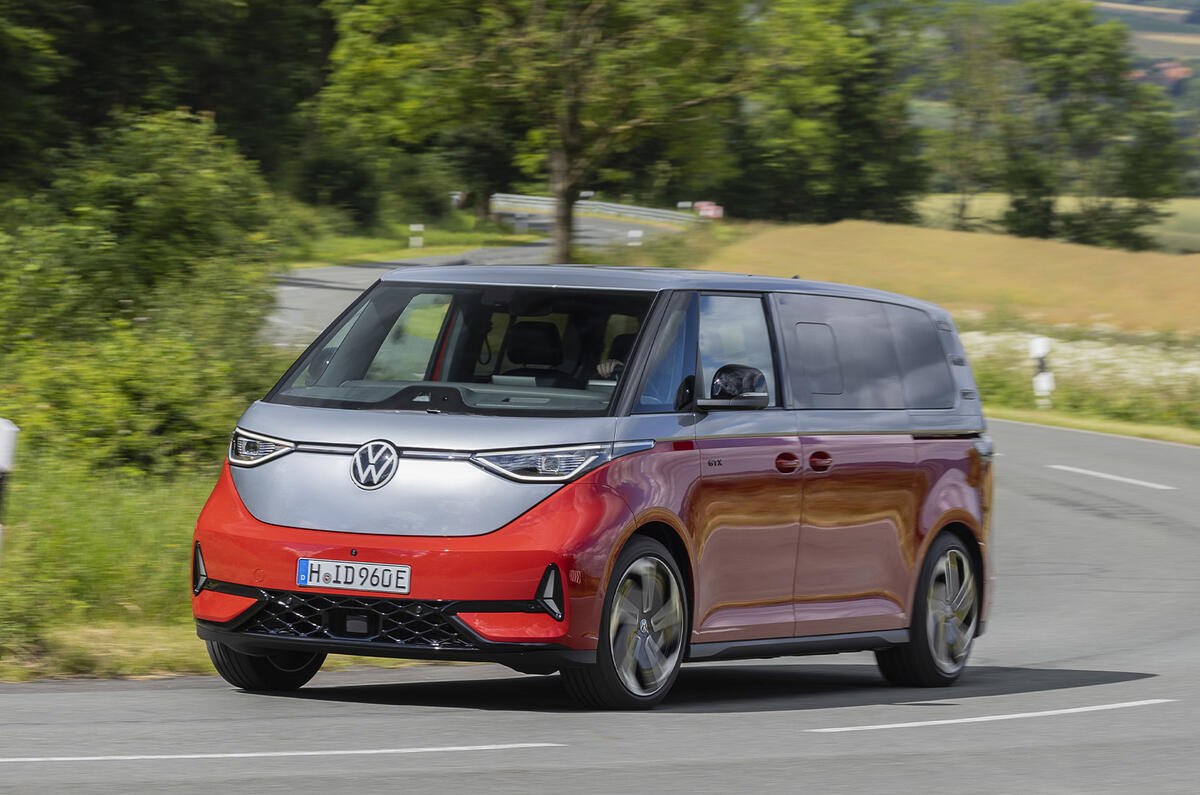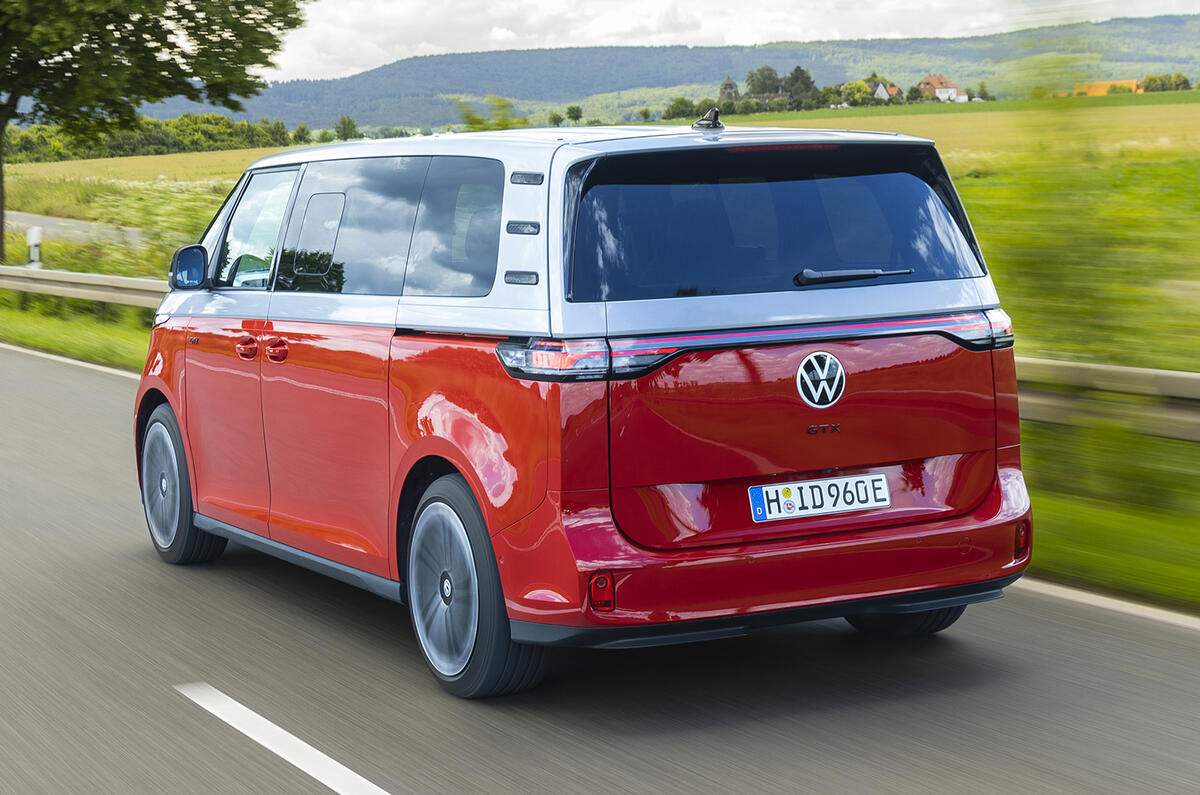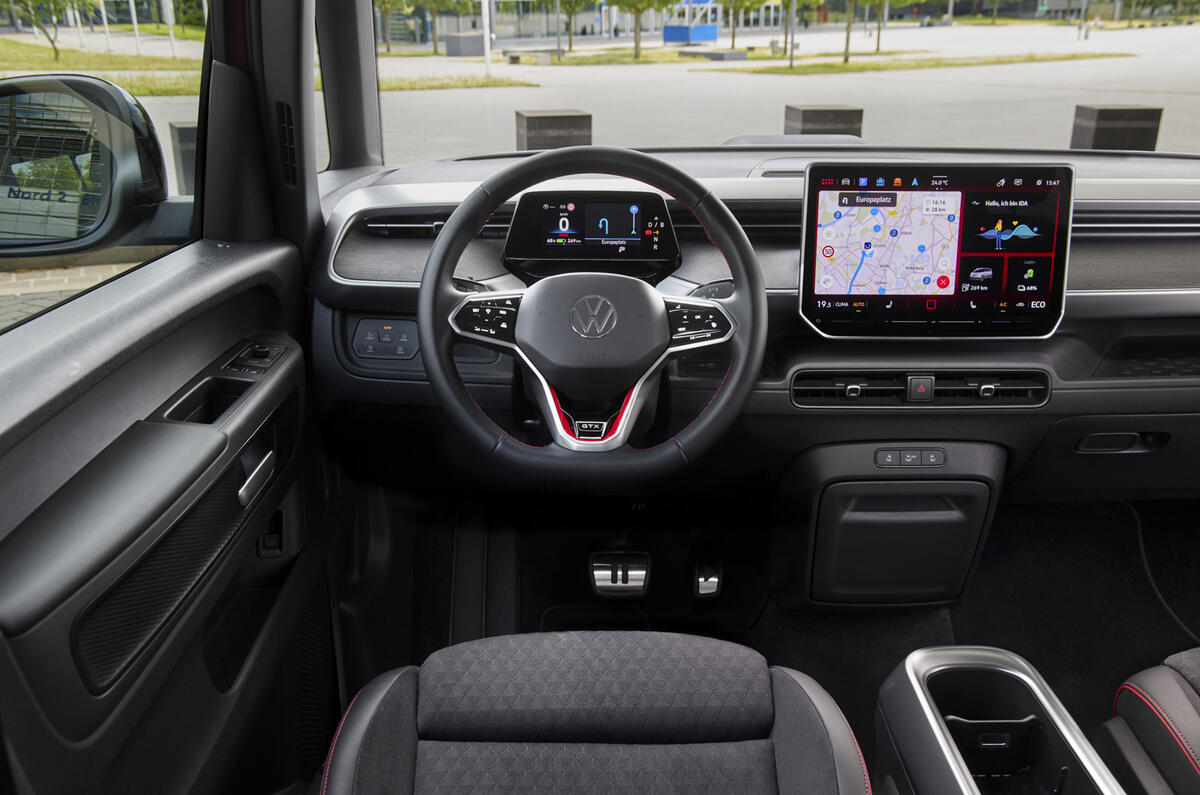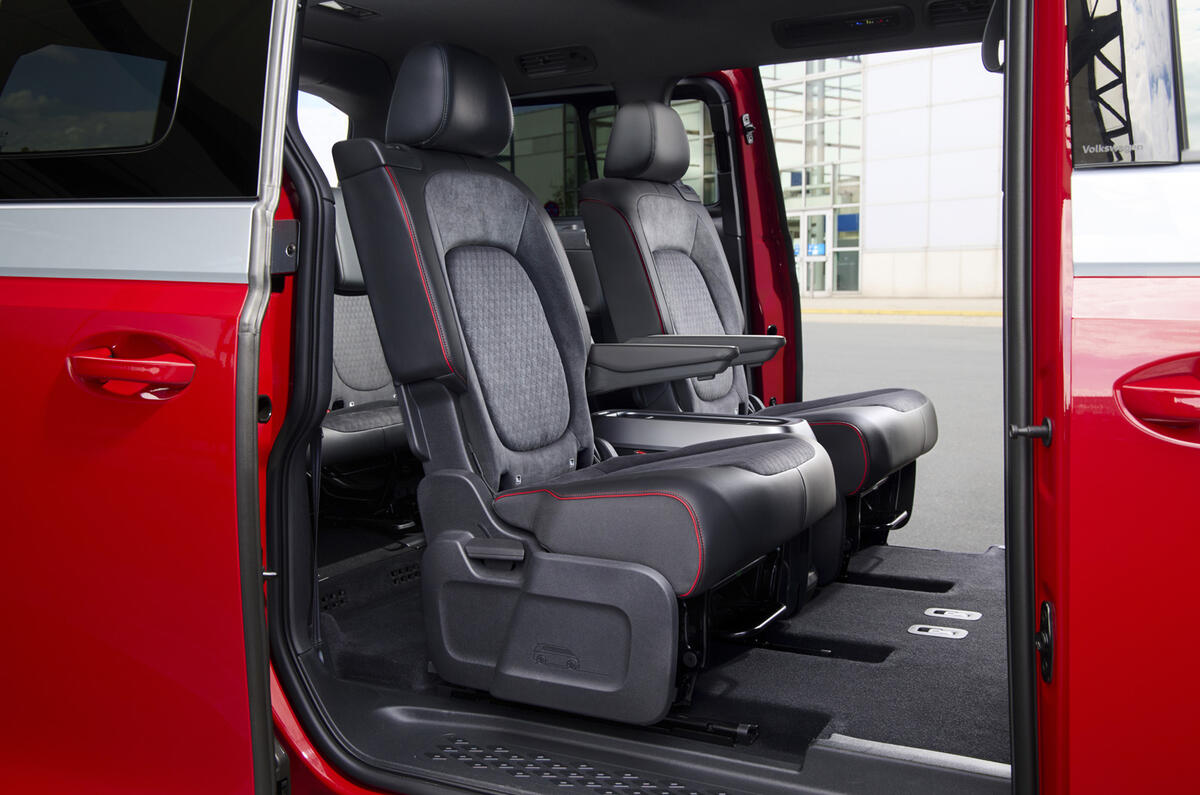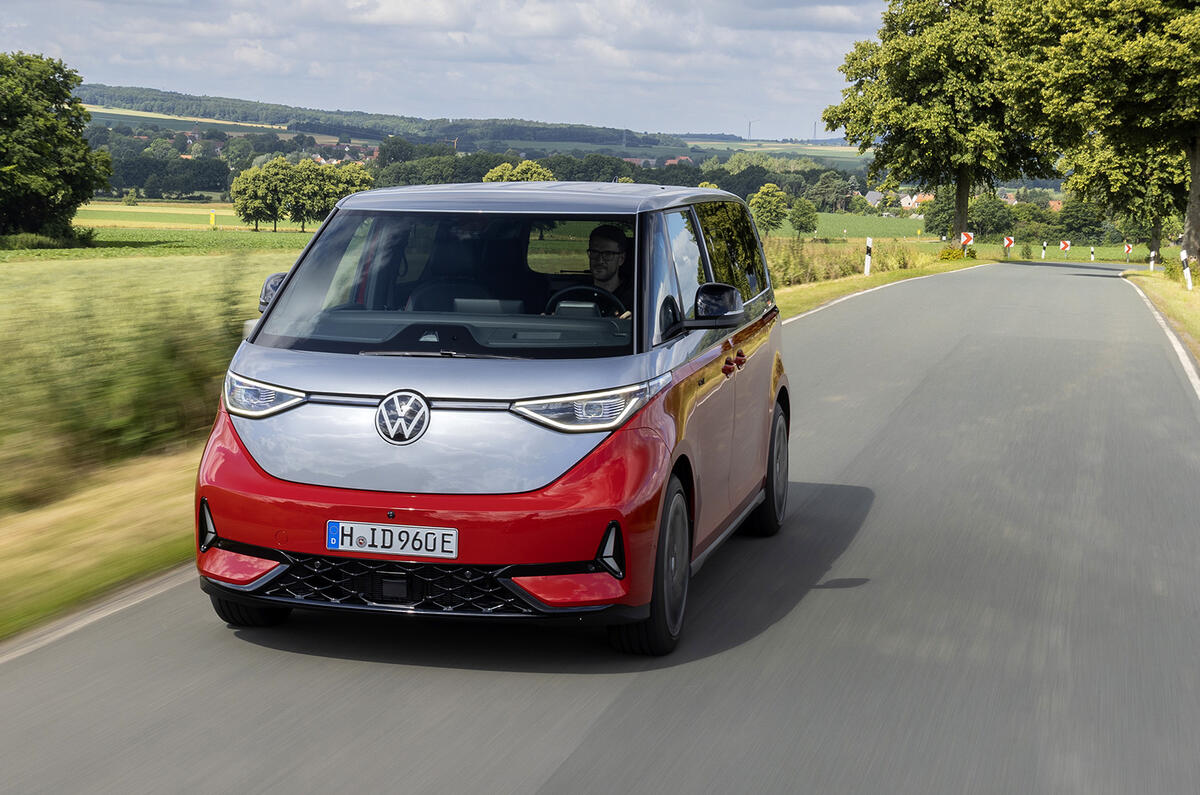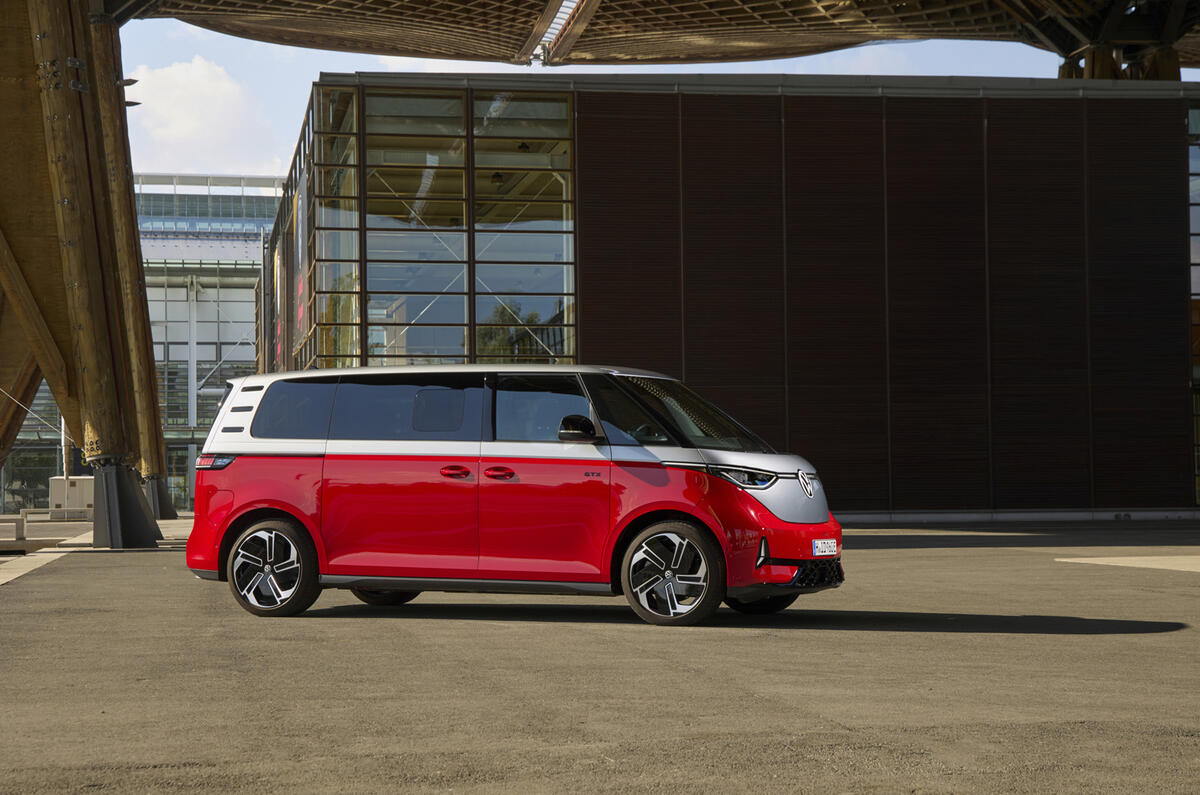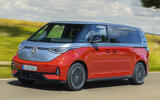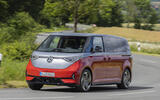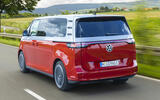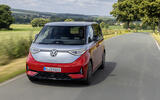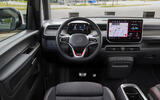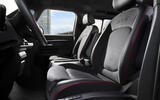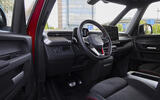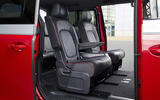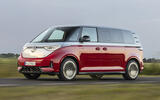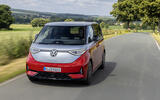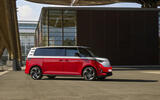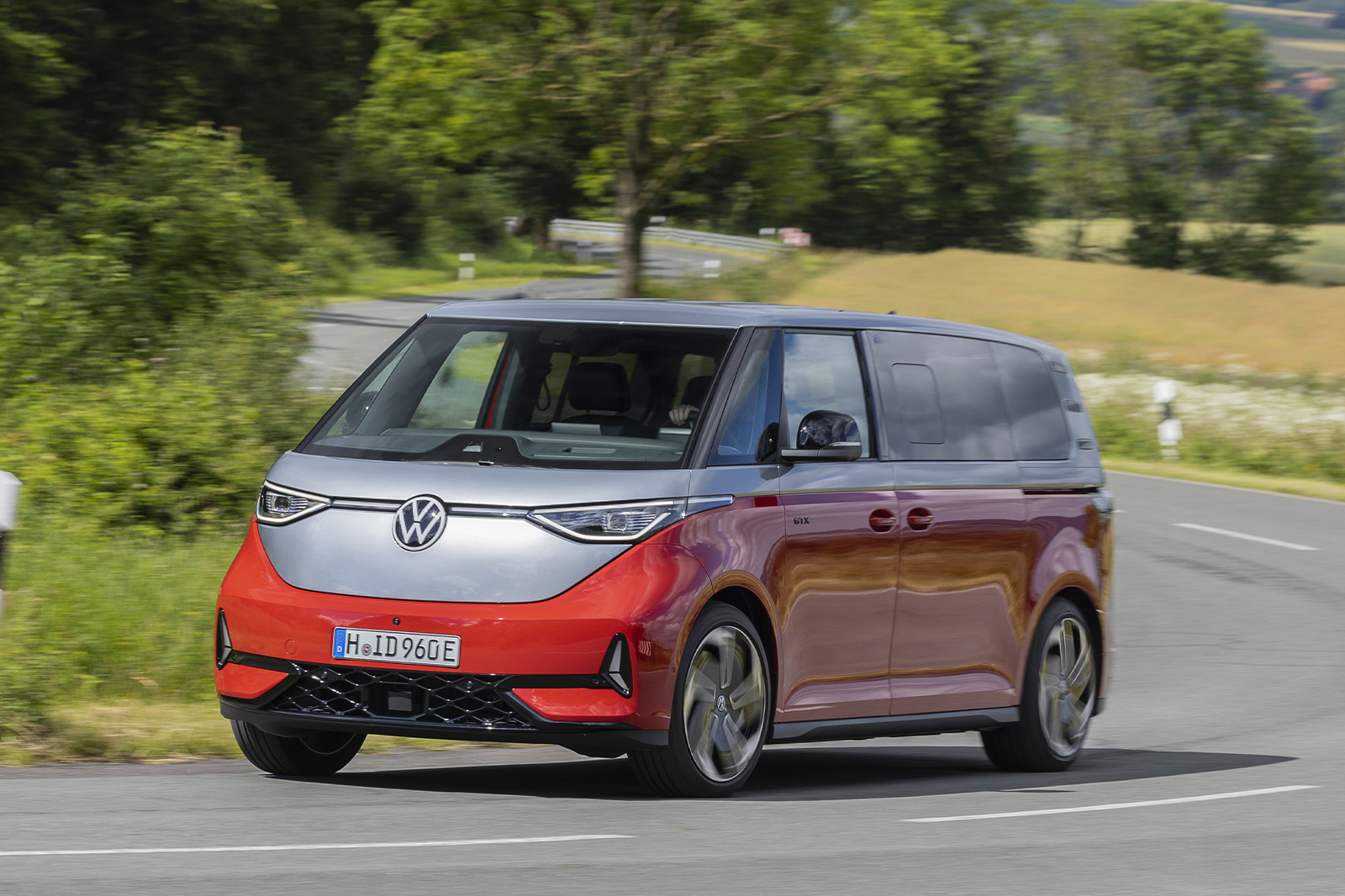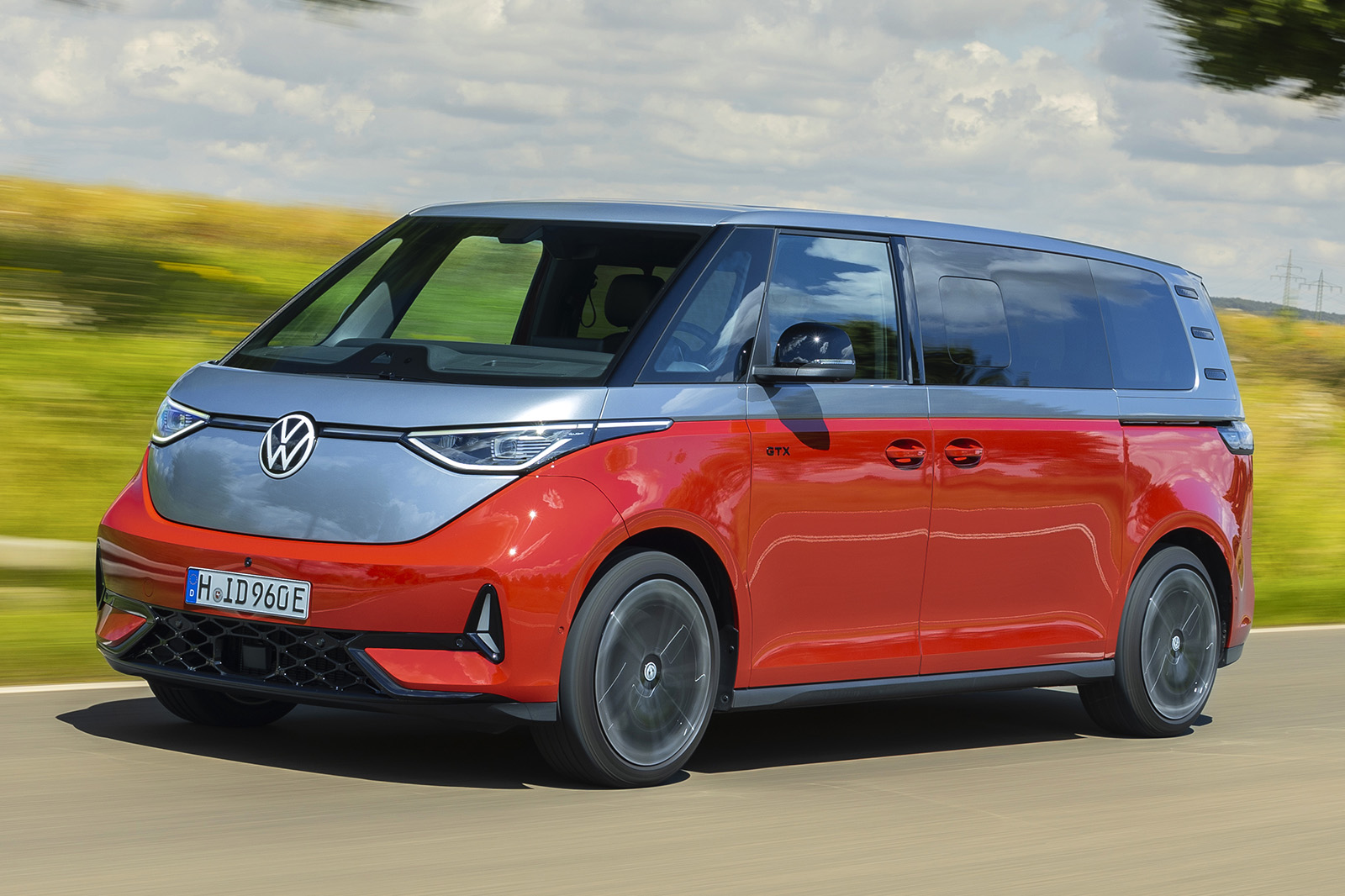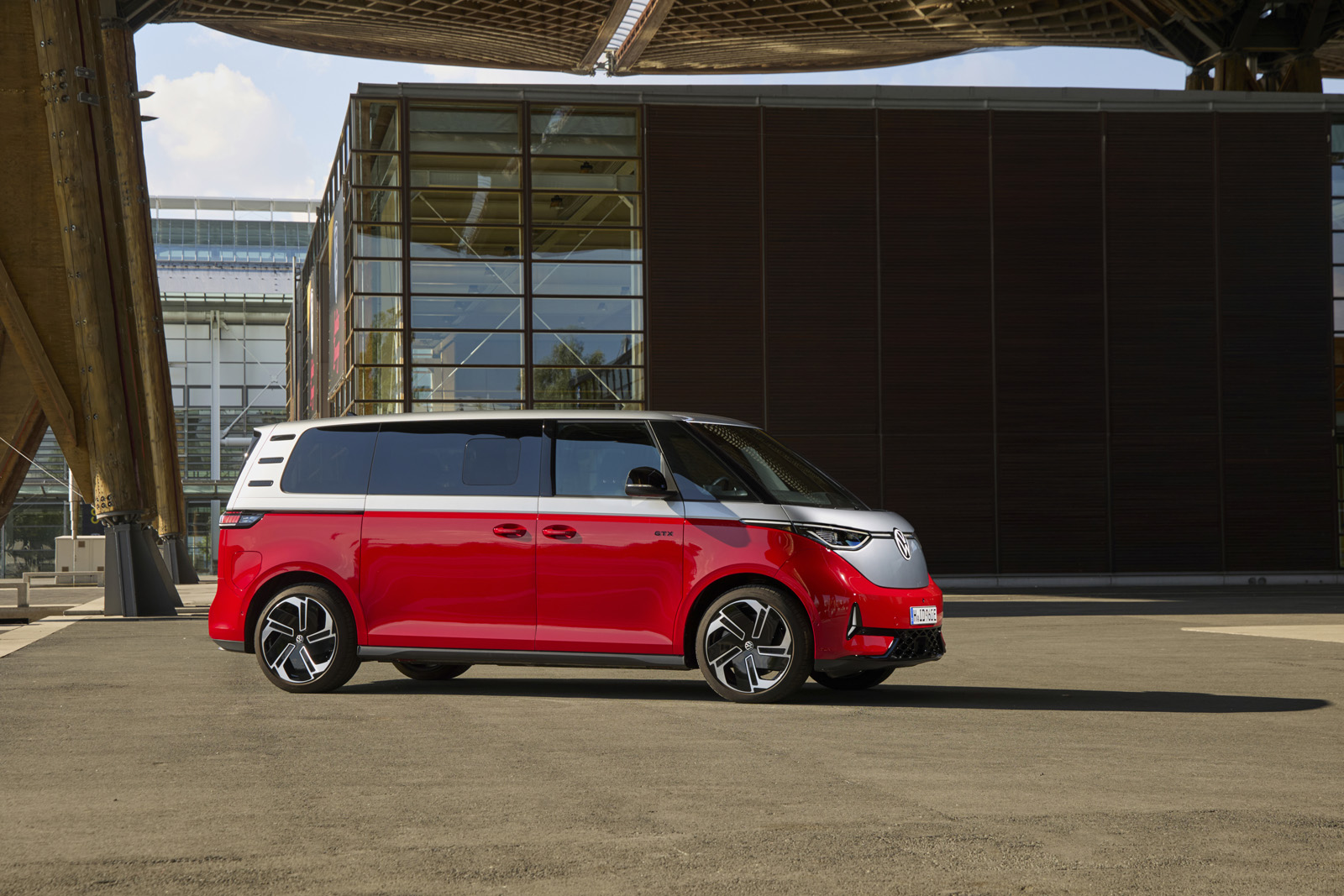When Volkswagen first introduced its sporty GTX moniker, you would never have guessed that it would have been slapped onto the side of the Volkswagen ID Buzz GTX.
But that’s exactly what the brand has done with the .The MPV is the fourth model in the brand’s electric armoury to receive the GTX treatment, following the ID 4 and ID 5 SUVs and ID 7 saloon/estate.
With the badge comes a significant power boost, an additional motor for four-wheel drive and a host of styling changes in a bid to make the VW ID Buzz stand out among the relatively small - but growing - crowd of electric MPVs.
It arrives as part of a big 2024 update for the Buzz, which also included the addition of larger long-wheelbase (LWB) models to be sold alongside the standard short-wheelbase (SWB) Buzz.
The Buzz GTX is available in both wheelbase sizes in Europe, but the UK will only get the standard version. It comes with either a 79kWh battery or a larger 86kWh one.
Volkswagen hasn’t yet detailed official range figures, but charging speeds max out at 180kW for the smaller battery and 200kW for the larger one. Volkswagen claims a charge from 20-80% can be completed in 20 minutes for both models.
In traditional GTX fashion, the sportier Buzz also gets a significant power increase from 201bhp to 335bhp, with 413lb ft of torque to boot. That’s more power than what is offered by the new Golf R.
The SWB model completes the 0-62mph sprint in 6.1sec, while the LWB does so in 6.7sec. In short, it’s the most powerful Volkswagen bus we've ever seen.


